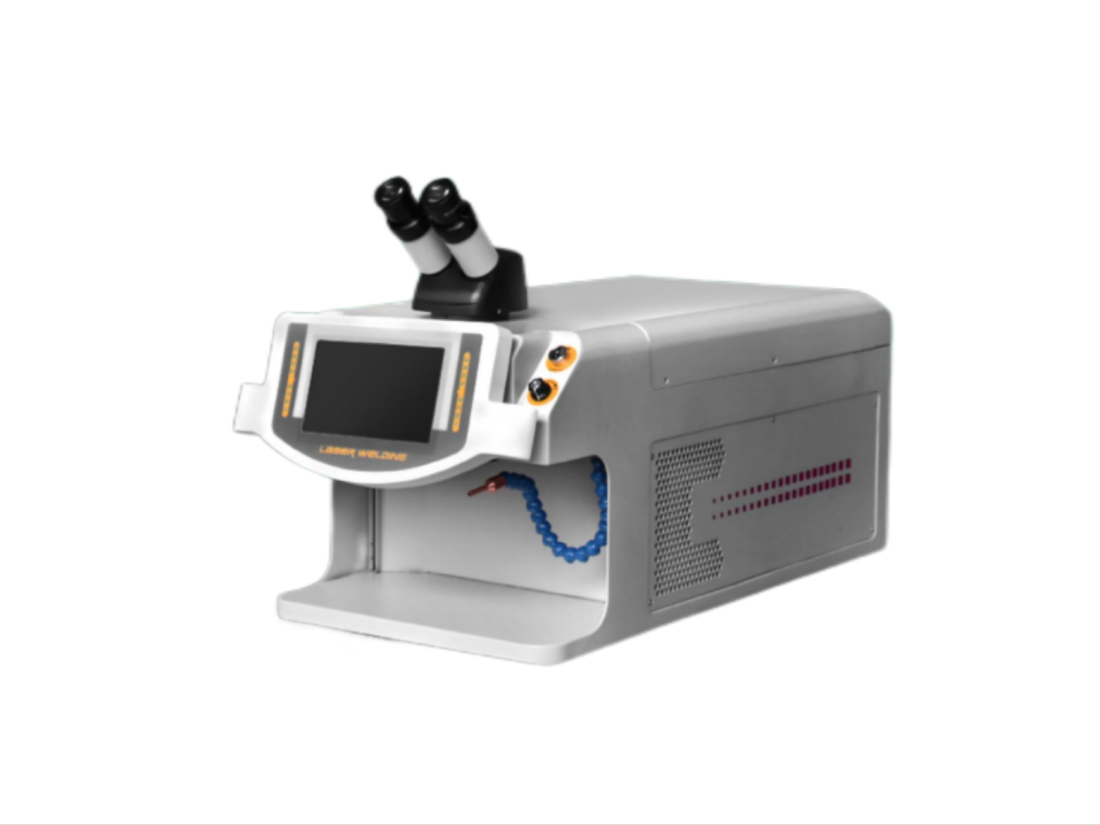- No.609, Centre Of Huijin Nanxiang, Yinxiang Road, Nanxiang Town, Jiading District, Shanghai, China
- sherry@sanmachines.com
- +86-18616767021
Why Do Cracks Still Appear in the Mold After Welding?
Get professional support now
√ Make an appointment for precision mold repair welding:
The recurrence of cracks in molds after welding repair is a headache for many enterprises. This not only increases the rework cost but may also lead to the complete scrapping of the mold. As San Laser, which has more than ten years of experience in mold repair, we have deeply analyzed the five fundamental causes of mold cracks after welding and provided verified solutions to help you completely solve this problem.
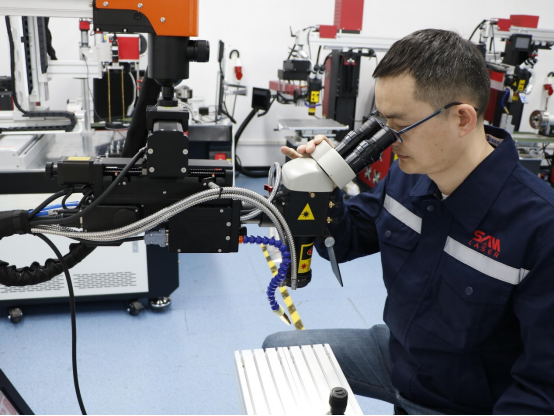
1. Improper Control of Preheating/Post-heating Temperature (The Root Cause of 50% of Crack Problems)
Problem Analysis
• Direct welding of H13 hot work die steel without preheating it to 500-600℃, resulting in thermal stress cracks.
• Insufficient post-heating temperature or too rapid cooling (such as air cooling instead of furnace cooling).
• Failure to adopt segmented preheating for large molds.
Solutions
✅ Preheating Temperature Guidelines:
Mold Material Minimum Preheating Temperature Ideal Temperature Range
H13 Steel 450℃ 500-600℃
P20 Steel 300℃ 350-400℃
Aluminum Alloy 150℃ 200-250℃
✅ Use an infrared thermometer to monitor the temperature in real time.
✅ For thick and large molds, adopt stepped temperature rise (≤100℃ per hour).
2. Mismatch Between the Welding Material and the Base Metal (The Cause of 30% of Cracks)
Key Misunderstandings
• Using common welding wires to weld mold steel (such as using ER70S-6 to weld H13 steel).
• Failing to consider the matching degree of chemical compositions (especially the contents of C, Cr, and Mo).
• Ignoring the drying of welding materials (risk of hydrogen-induced cracks).
Professional Suggestions
Material Matching Table:
Base Metal Recommended Welding Material Characteristics
H13 ER4145/ER4340 Good thermal fatigue resistance
S7 ER310 High toughness
Aluminum Alloy 6061 ER4043 Strong crack resistance
Operation Key Points:
• Welding materials must be dried before welding (stainless steel electrodes at 150℃ for 1 hour).
• Flux-cored welding wires should be preferred (such as TGF-308L).
3. Failure to Eliminate Welding Residual Stress (The Invisible Killer)
Principle of Stress Generation
• Difference in cooling rates between the weld zone and the base metal.
• High structural restraint degree (such as the corner parts of the mold).
• Improper control of interlayer temperature during multi-layer welding.
Elimination Methods
1.Post-weld Heat Treatment:
o Stress-relief annealing (for H13 steel: 600-650℃ for 2 hours).
o Local induction heating (suitable for molds that cannot be put into the furnace as a whole).
2.Mechanical Stress Release:
o Hammering the weld seam (using a round-head hammer).
o Vibration aging treatment (VSR technology).
4. Incorrect Welding Process Parameters (Common Mistakes Made by Novices)
Typical Error Cases
• Excessively large current → Coarse grains → 30% increase in crack sensitivity.
• Too fast welding speed → Poor fusion → Micro-cracks.
• Impure shielding gas (argon gas purity < 99.99%).
Parameter Optimization Guidelines
Material Current (A) Voltage (V) Gas Flow Rate (L/min)
H13 Steel 90-120 10-12 Ar 8-10
P20 Steel 70-100 9-11 Ar+2%CO2 10
Aluminum Alloy 60-80 12-14 Ar 12-15
5. Problems with the Original State of the Mold (Easily Overlooked Factors)
Hidden Risks
• Micro-cracks already exist in the mold (MT/PT detection is required first).
• Improper quenching of the material (such as a sudden change in hardness gradient).
• Surface contamination (oil stains, scale).
Pre-repair Inspection Checklist
1.Magnetic particle testing (MT) or penetrant testing (PT).
2.Hardness testing (ensuring that the matrix HRC is within the weldable range).
3.Cleaning the welding area with acetone.
Industry-leading Solution: San Laser Intelligent Welding System
In response to the above problems, we have developed the new 2025 model of fiber laser mold welding machine:
1. Adjust parameters at any time: The controller can be freely moved to about 4 meters away from the machine, avoiding repair errors caused by untimely parameter adjustment.
2. Stable welding head without shaking: The newly upgraded universal wheels and lightweight welding head avoid the slight shaking that may occur to the welding head during the welding process.
Lens cooling: The lens is cooled by a water chiller, avoiding lens breakage during use and increasing its service life.
Get professional support now
√ Make an appointment for precision mold repair welding:
Related product links


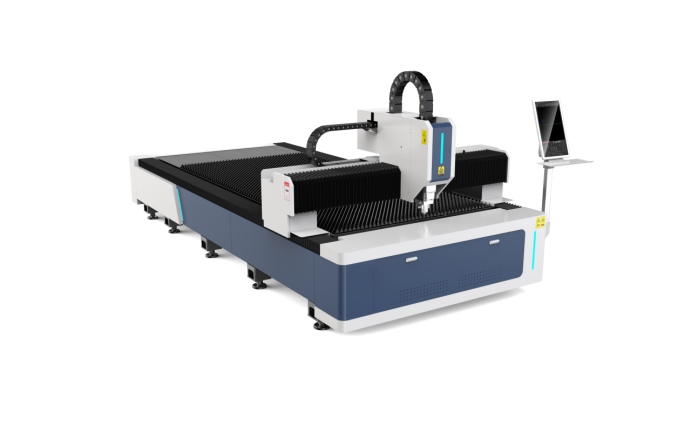
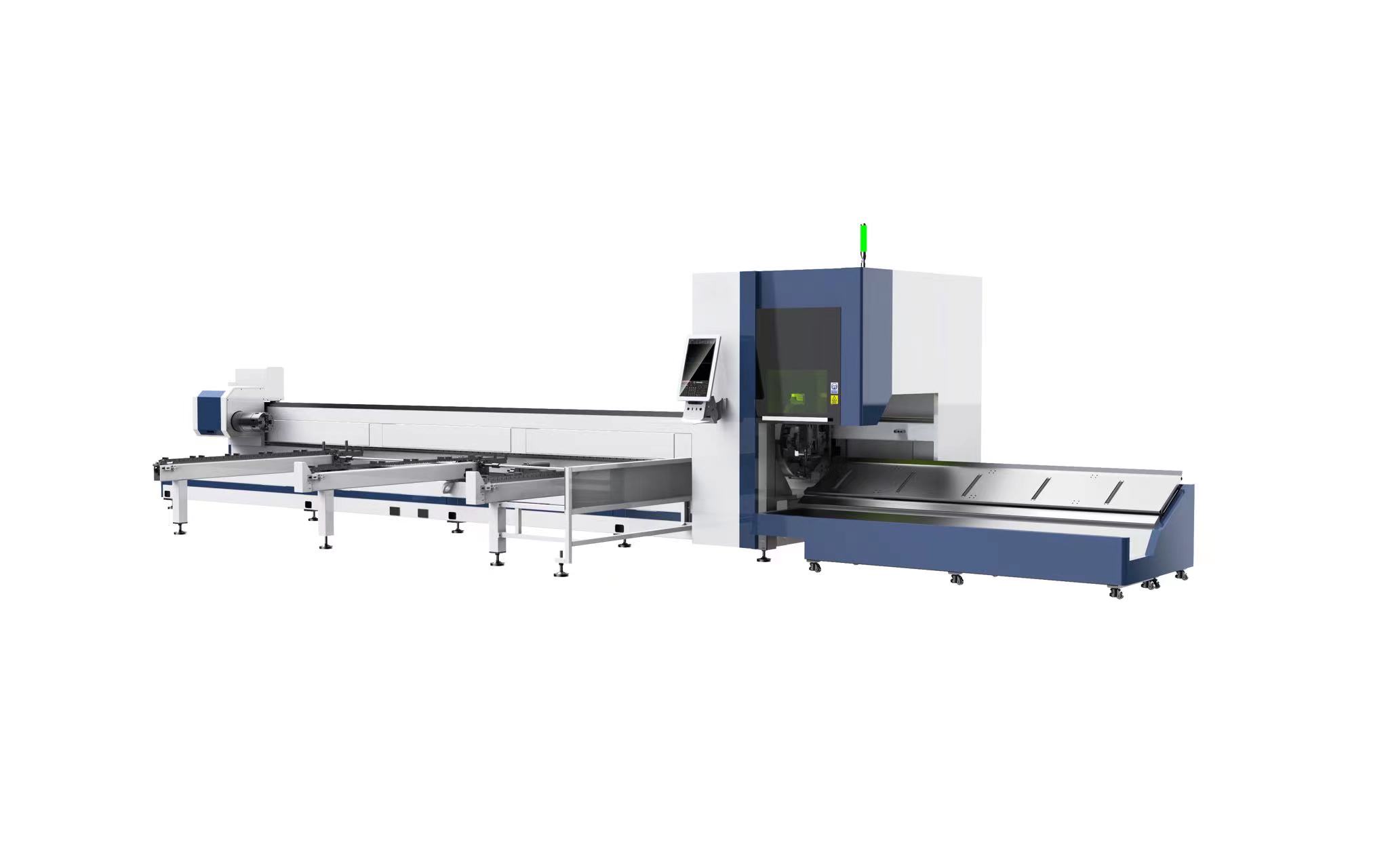
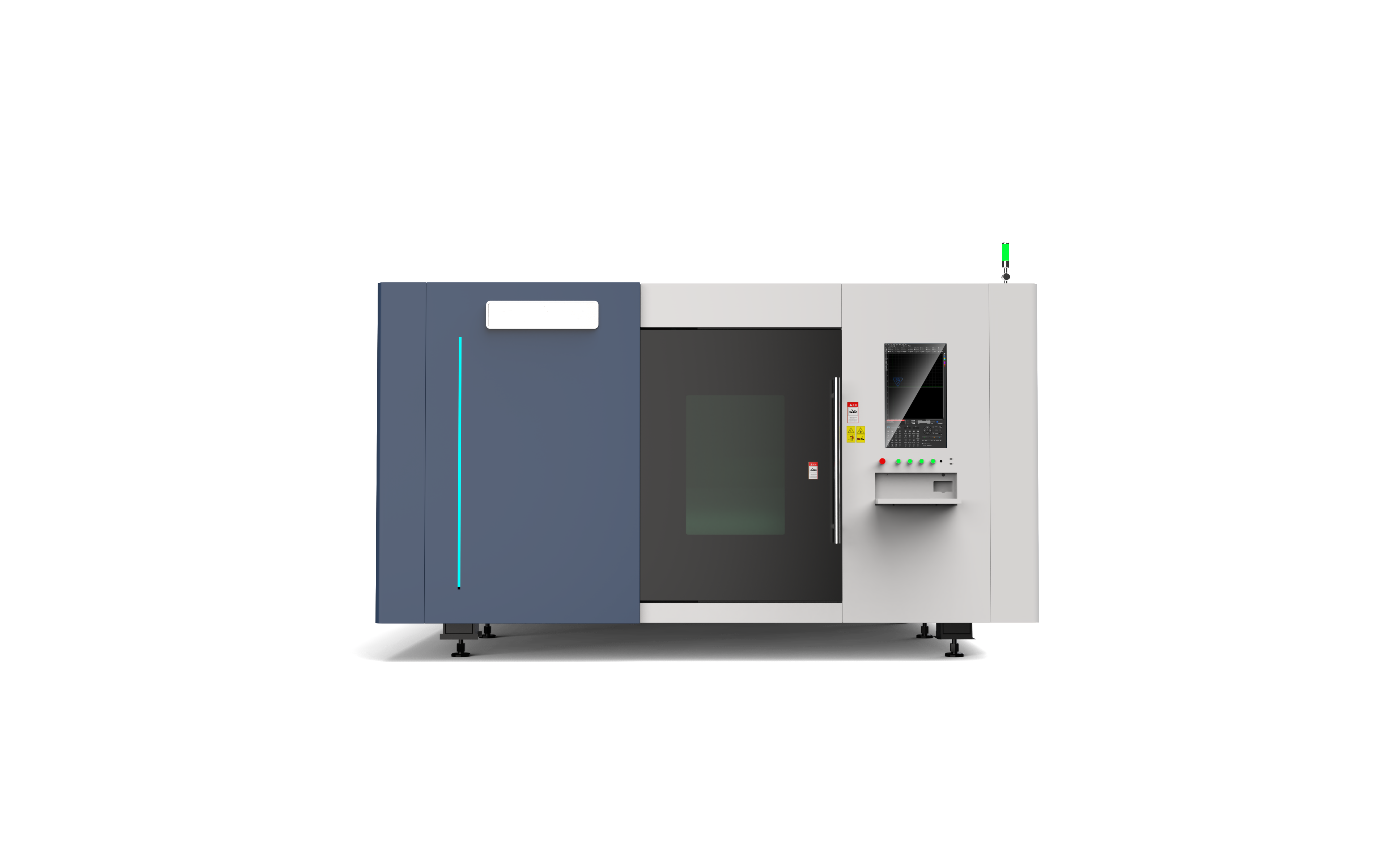
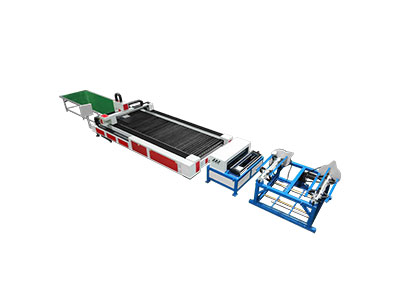
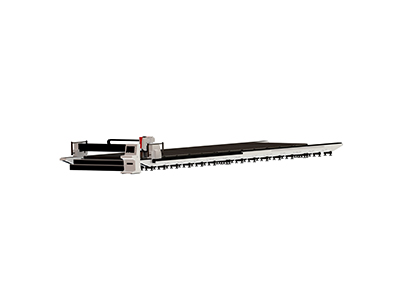
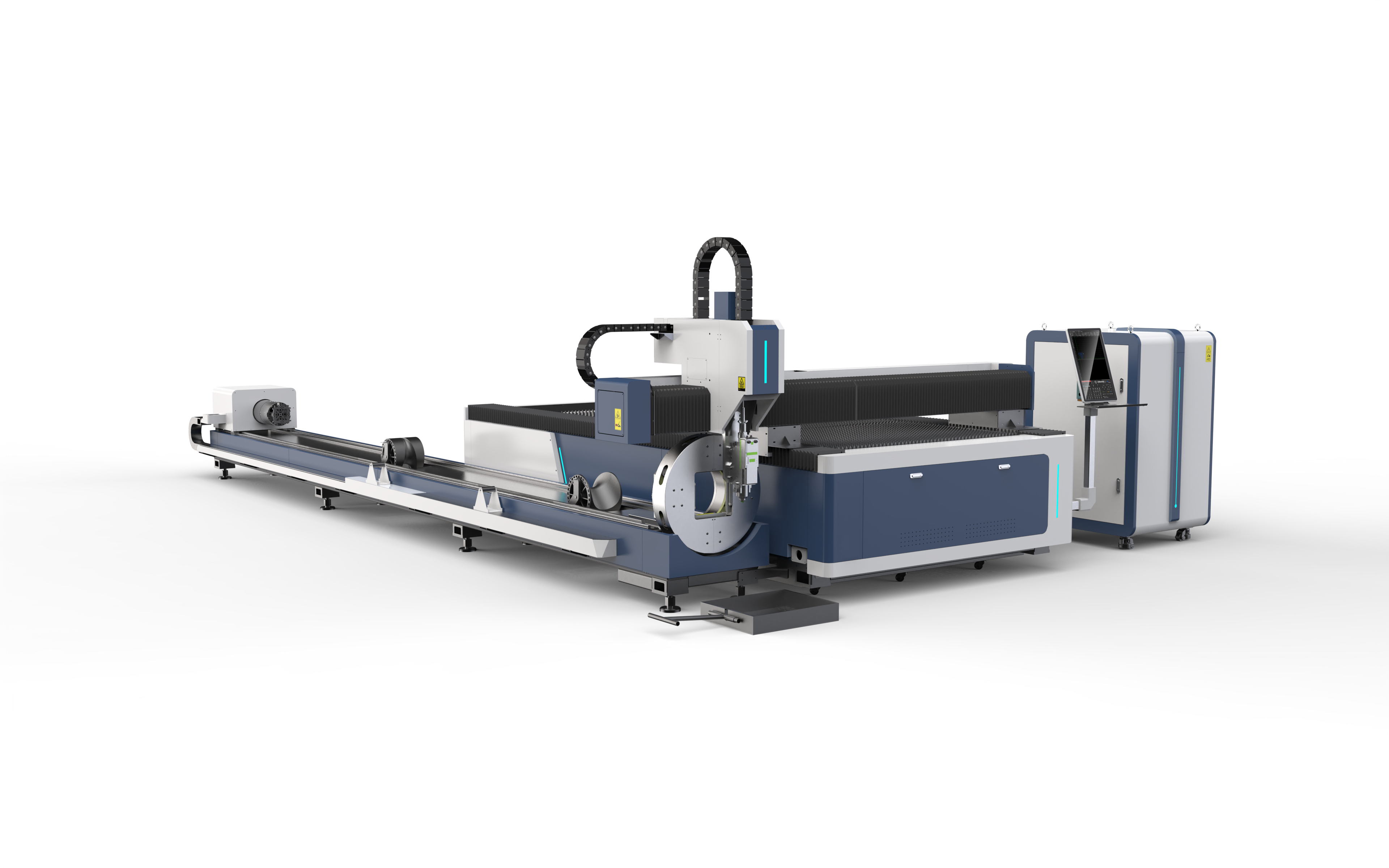
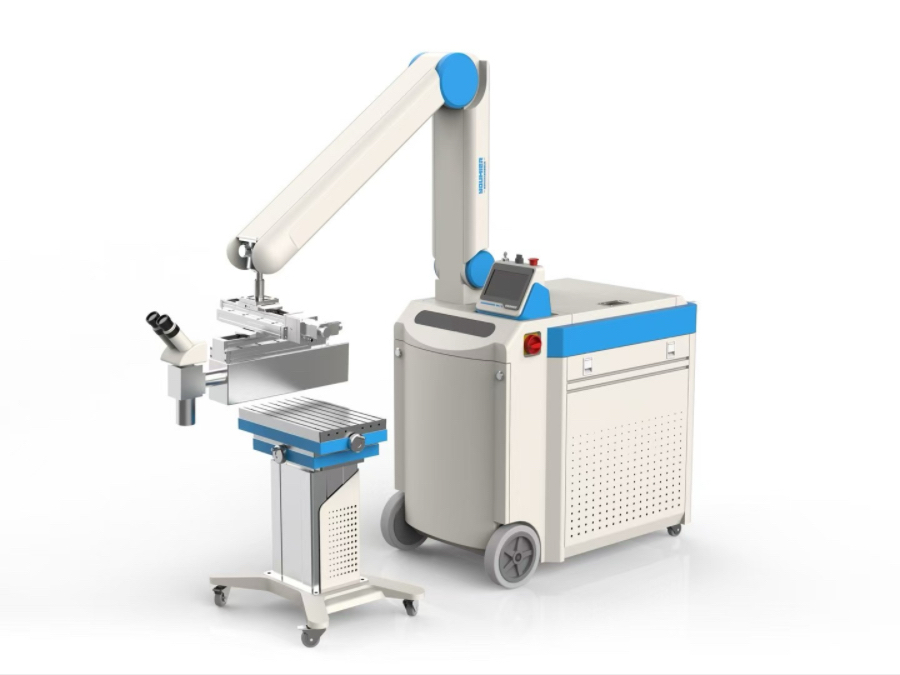
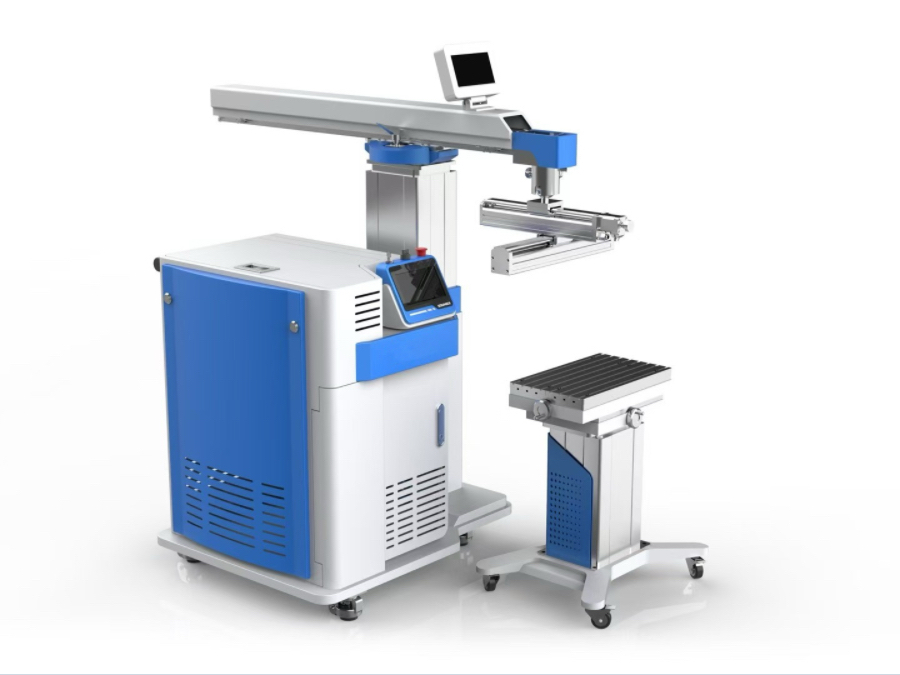
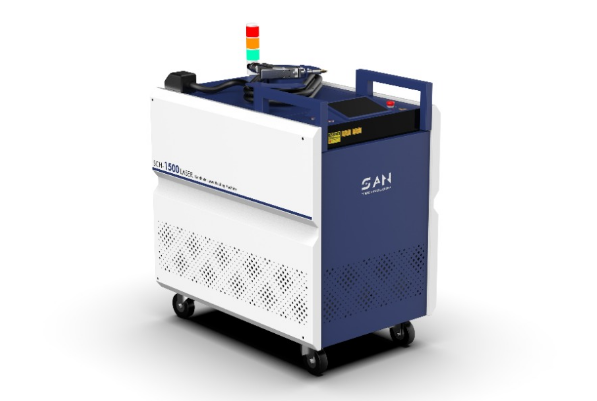
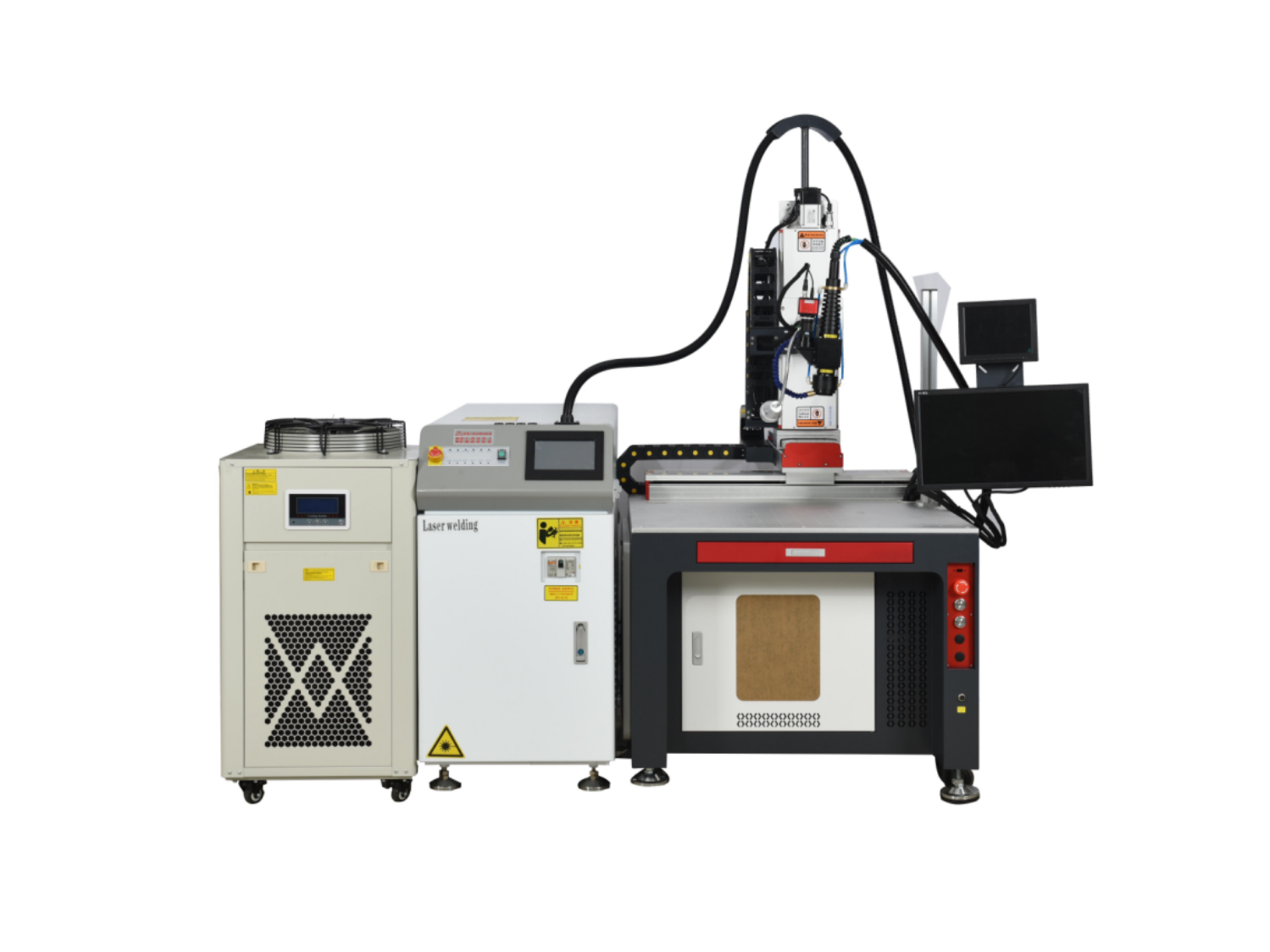
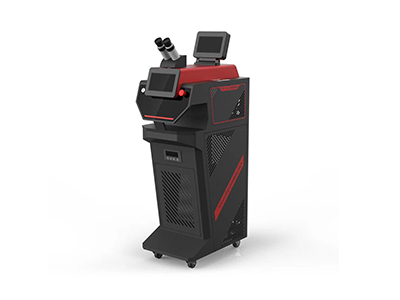

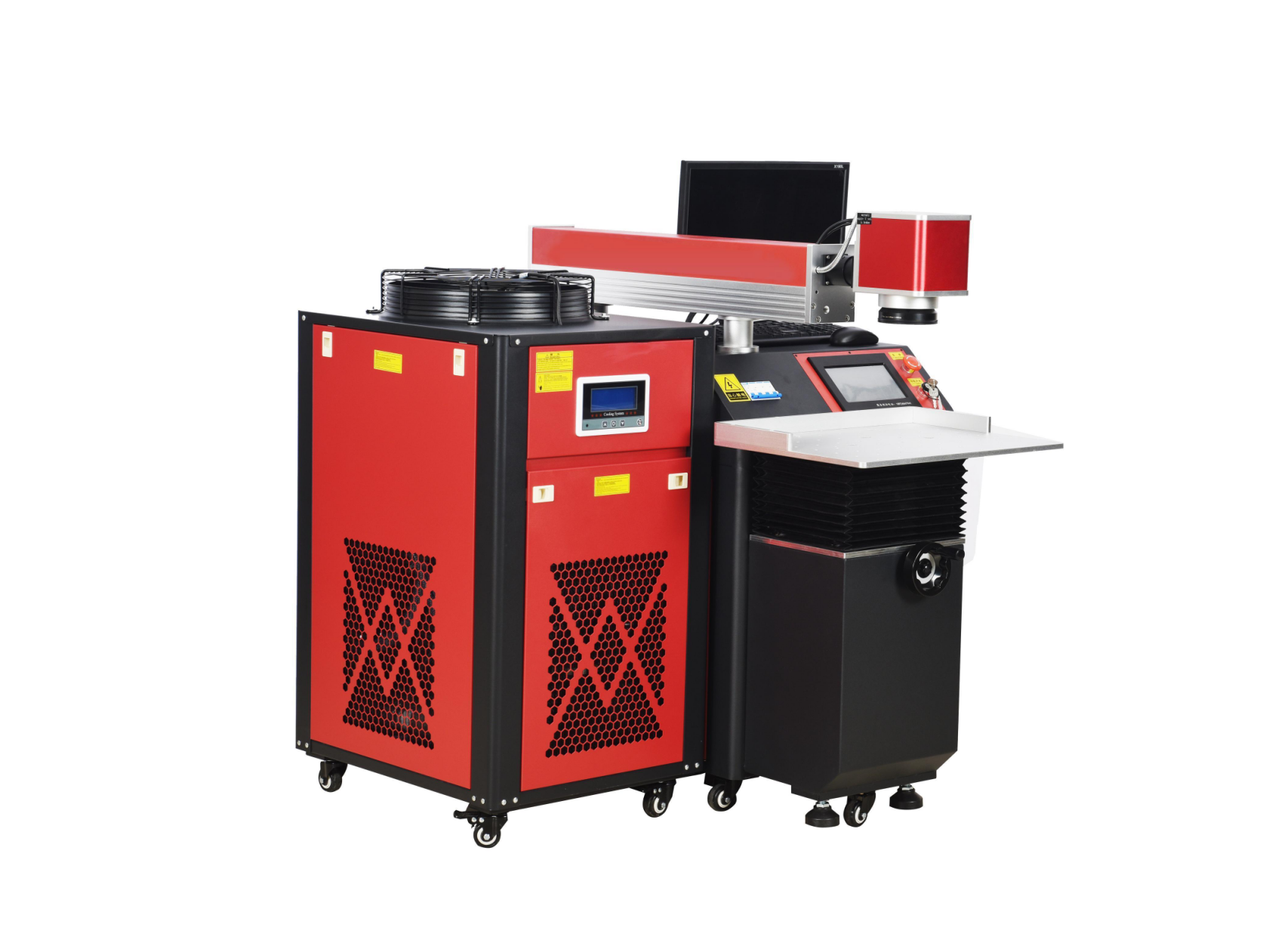
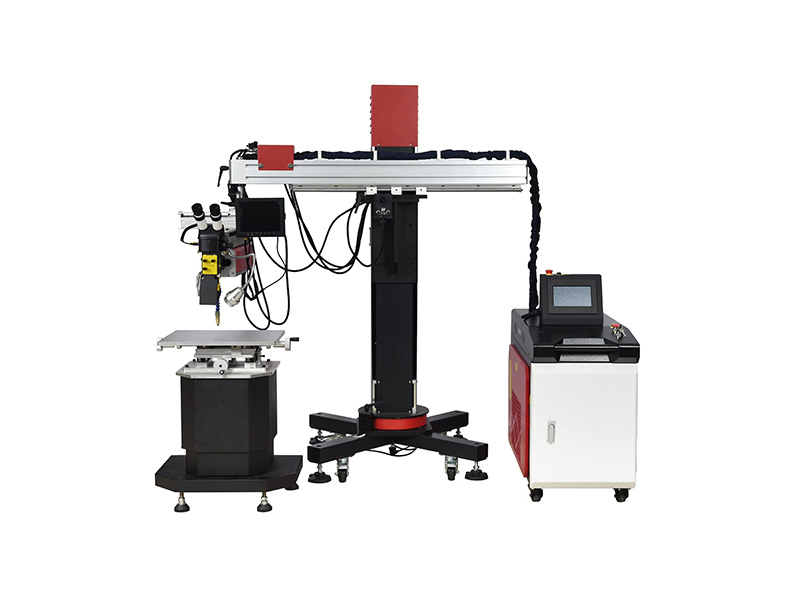
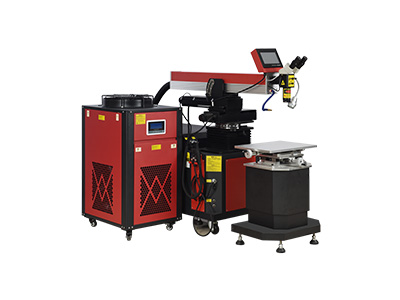
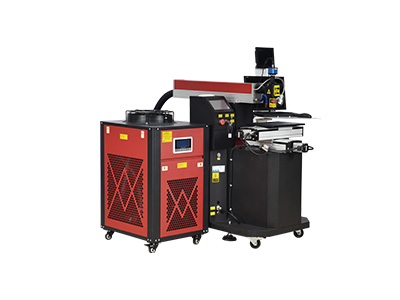
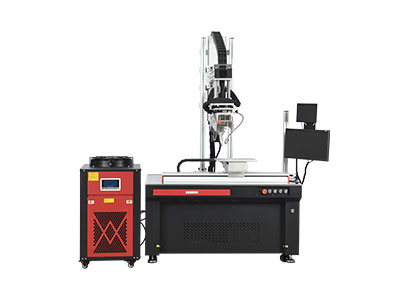
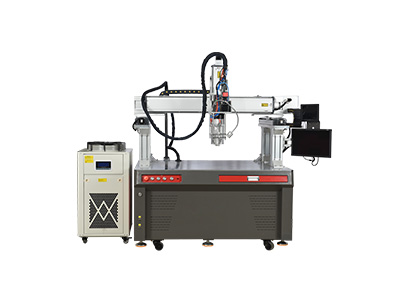
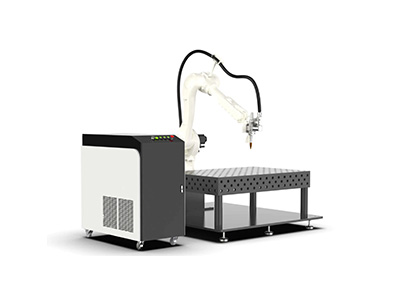
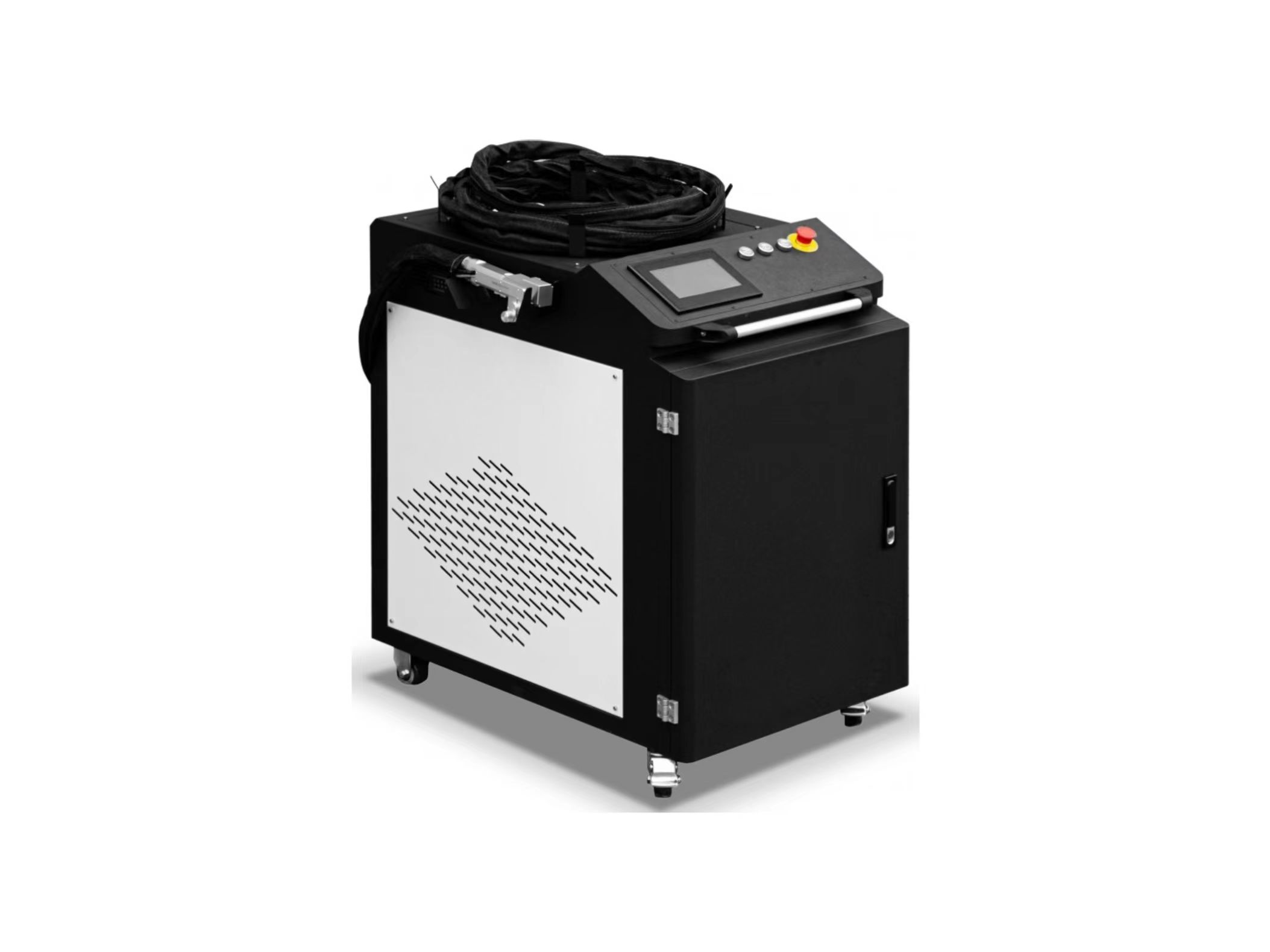
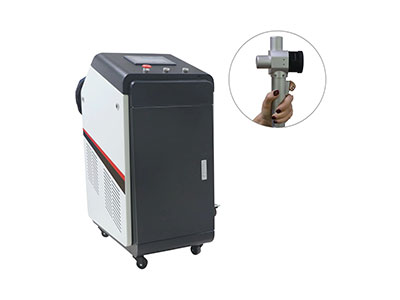
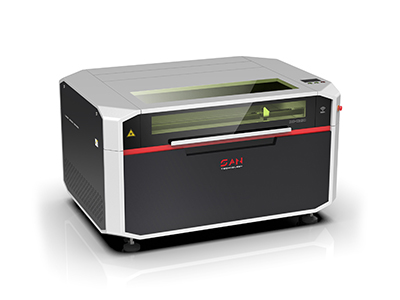
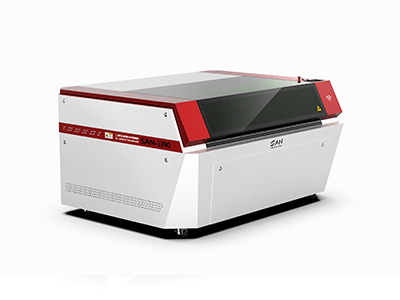
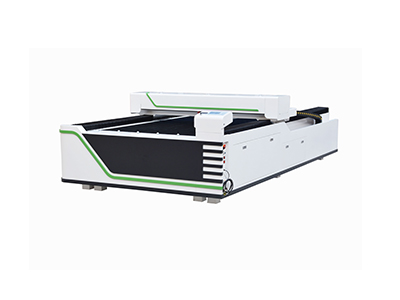
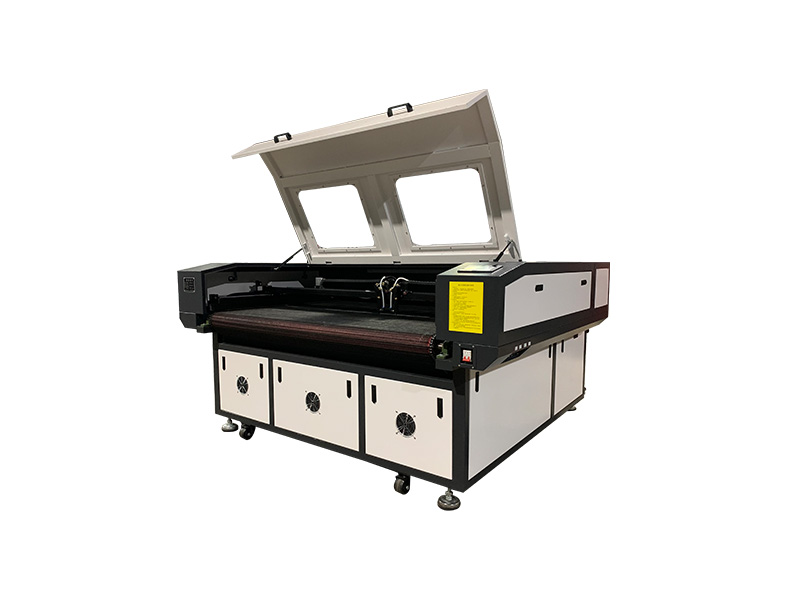
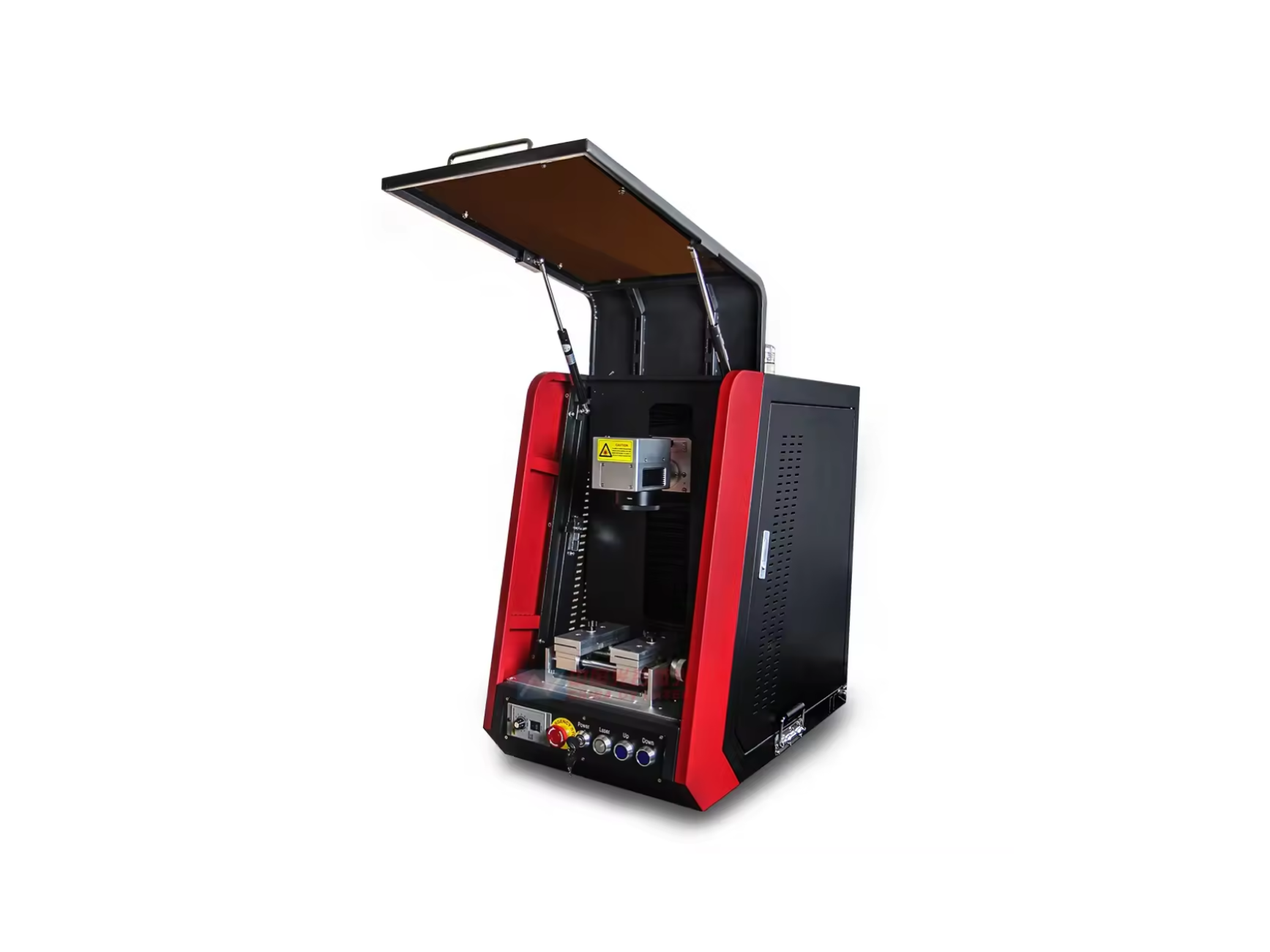
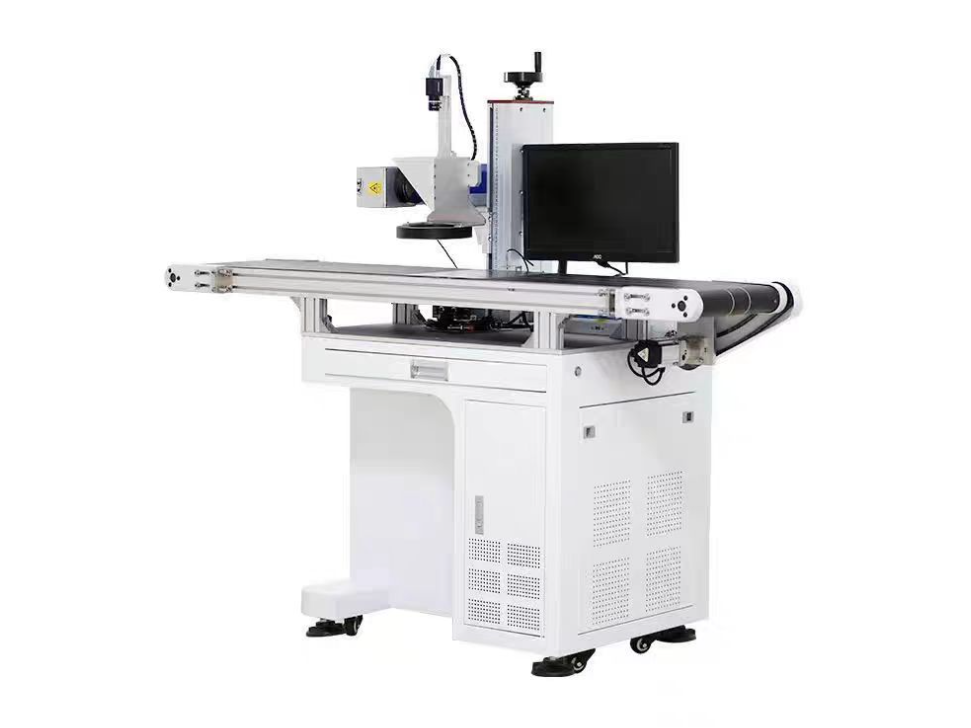
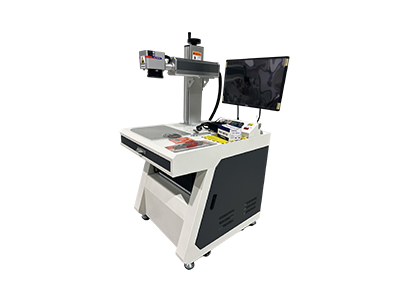
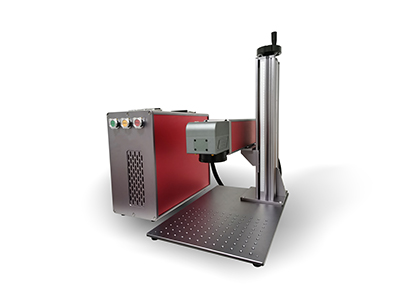
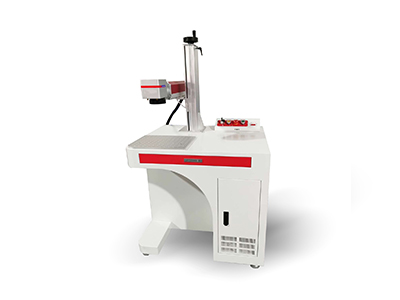
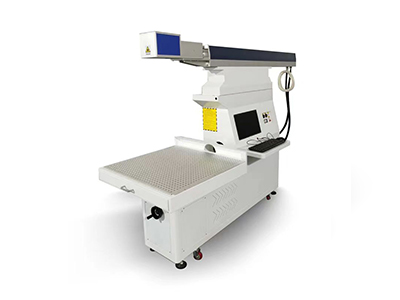
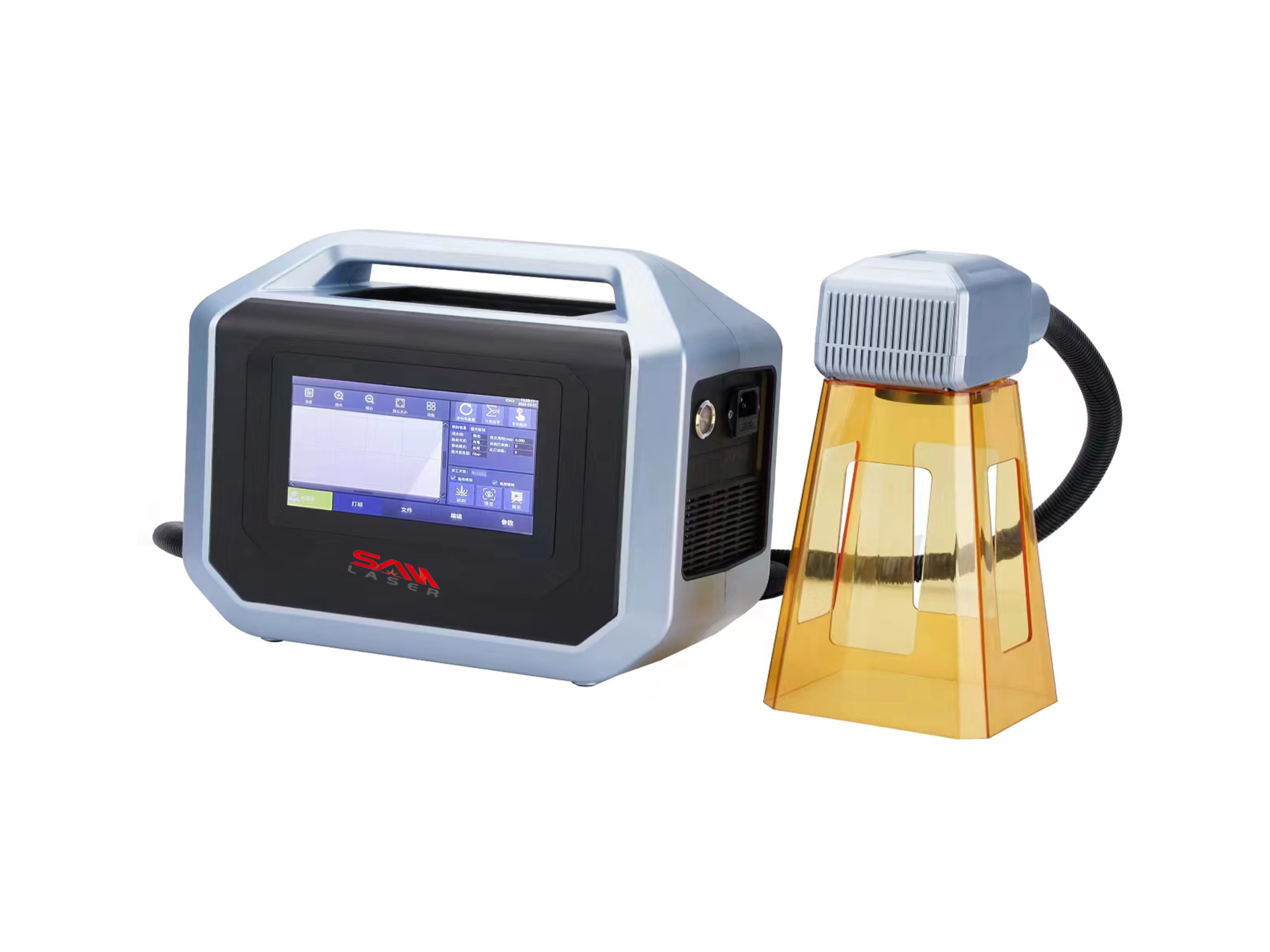
 Welder News
Welder News
